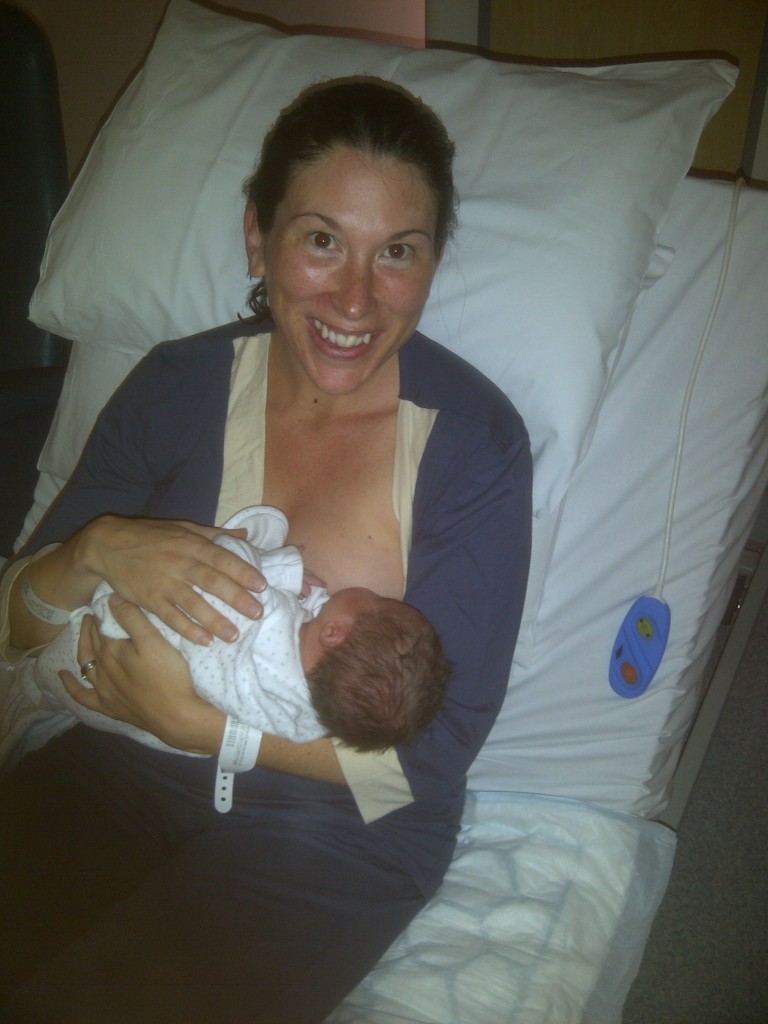Childbirth is an exciting time and there are many news skills to master – and for some women, managing incontinence may be one of them.
It is a common problem that many women suffer from, mainly in the short term. In rare cases, it may be a long-term issue that requires further medical help to alleviate the systems. Being informed means being prepared and so check out these five top tips for managing incontinence after childbirth.

Tip 1 – Use appropriate pads and products
There is a range of incontinence pads in various absorbency levels that make managing incontinence on a daily basis much easier. Unlike sanitary towels, they trap odour as well as urine. They absorb the urine away from the skin, preventing soreness a common complaint alongside urinary incontinence.
They can be worn day and night, and are the ideal solution for catching accidental leaks of urine post childbirth. They allow you a sense of confidence in that embarrassing leaks are stopped in their tracks, great for when you go to post-natal exercises class or enjoy activities with your family.
Tip 2 – Pelvic floor exercises
Alongside incontinence pads, performing pelvic floor exercises several times a day help to combat a weak bladder. These exercises are discreet but incredibly powerful as they tone the pelvic floor muscles, meaning you gain control of your bladder.
The great news is that you can do these exercises anywhere, they are free and require no complicated or expensive equipment.
The pelvic muscle runs from the front of your pubic, across your body to the base of your spine. It is a sling like muscle and during pregnancy, is under pressure not only from the weight of your growing baby but also from a cascade of pregnancy hormones. It is under further pressure during labour and clearly, all that pushing during childbirth also impact on it.
To strengthen it, you need to tighten and hold the muscle for a few seconds and then perform a controlled release. Some people also suggest ‘forcing’ the muscle to relax as the final step. Doing this means that the muscles go through its full movement.
Not sure where your pelvic muscle is or which part to clench? Find out more here.
Tip 3 – Yoga
Incontinence pads and pelvic floor muscles are fantastic just after giving birth mainly because the pelvic floor exercises help you heal and the pads make incontinence much easier to manage.
Now that you have fully recovered you may decide you want to try something that strengthens your pelvic floor in the longer-term. Yoga is having some great results for people who suffered from stress incontinence – in other words, an accidental leak of urine when they cough, sneeze, exercise and so on.
Yoga strengthens and tones a variety of muscles groups, including those in the abdomen, the lower back and the pelvic floor muscle itself. There are various yoga poses that can help manage incontinence better and your qualified yoga instructor will be able to help.
Tip 4 – Train your bladder
Some people find that bladder training helps them too. This works with stress incontinence but with urge incontinence too. The latter is when the bladder has a sudden urge to empty, making it difficult to get to the toilet in time. If you can’t make it to the bathroom in time, an embarrassing leak could ensue.
Training your bladder means holding on between toilet breaks for a certain length of time. For example, when you get the urge to visit the toilet, override this urge by clenching your pelvic floor muscles and resist visiting the bathroom for a length of time, such as 10 minutes. Over time, you increase this amount of time from 10 to 20 minutes and so on. If you need help with this, your doctor may be able to refer you to an incontinence specialist.
Tip 5 – See your doctor
Incontinence can be a sign of a urinary tract infection (UTI) and so if it continues, becomes worse or you are in pain when you pass urine, seeing your doctor is essential. It is common for women to suffer from incontinence immediately after birth. For some women, it soon disappears but for others, it can carry on for some weeks. However, if you are still struggling to control your bladder several months after birth, see your GP or have a chat with your health visitor.
Incontinence, on one hand, is to be expected after birth but it should right itself within a few weeks. If not, follow these tips – which ones worked for you?
HARTMANN Direct stock a range of incontinence products, ideal for use during and after pregnancy, helping you to manage accidental leaks.
This is a collaborative post
